ReTuren Co-Design: Shaping a Community Recycling Hub
Project Summary
Commissioned by VA SYD, this university co-design project aimed to involve residents in shaping the future "ReTuren" community recycling hub in Spårvägen. As a Co-designer and Researcher, I utilized methods like observation and opinion boards, and co-facilitated a Future Workshop, engaging residents directly in identifying needs and generating ideas related to reuse and waste prevention. The project delivered prioritized, resident-driven concepts for ReTuren's activities and functions, providing crucial user insights for VA SYD's planning.
Please note: This case study focuses on the co-design process and resident engagement. Specific internal VA SYD details may be omitted.
Role
Key Responsibilities
Project Duration
Background & Purpose
VA SYD, the regional waste management company, needed insights for planning "ReTuren" in the newly developing Spårvägen neighbourhood. This area featured new waste systems and ReTuren was envisioned as more than just a collection point; it aimed to be a ~170m² community hub on the main square promoting waste prevention, reuse, and interaction around sustainability (collecting specific fractions like hazardous waste, electronics, textiles, bulky waste, and facilitating item exchange).
While internal ideas existed, the critical perspective of the future residents was missing. Understanding their needs and co-creating ideas with them was essential for ReTuren's success. Therefore, the project had two main goals: 1) Provide VA SYD with actionable insights into resident behaviours and desires regarding waste/reuse. 2) Co-create concrete activity/function ideas with residents for ReTuren. Co-design was the natural methodology to empower residents and ensure the space truly met community needs.
Our Co-Design Process & Methods
We followed a structured process moving from initial understanding and exploration to collaborative ideation with residents, aiming to gather rich insights and co-create relevant ideas for ReTuren.
1. Initial Exploration & Planning
- Method: Mind Maps
- Why: To collectively understand the project brief, map stakeholders, and brainstorm potential research methods.
How: Based on client info and access to the "Infopoint" building (figure 2), we identified workshops, interviews, and opinion boards as promising methods (figure 3). - Method: Field Observations
- Why: To gain a first-hand understanding of the Spårvägen area's physical context (figure 4).
How: Conducted a research trip, observing construction, square usage, and identifying locations for opinion boards. - Method: Client Interview (VA SYD)
- Why: To clarify goals, resources, and gain support.
How: Confirmed access, gained contacts, and visited the existing ReTuren in Lindängen (figures 6-8) for inspiration.
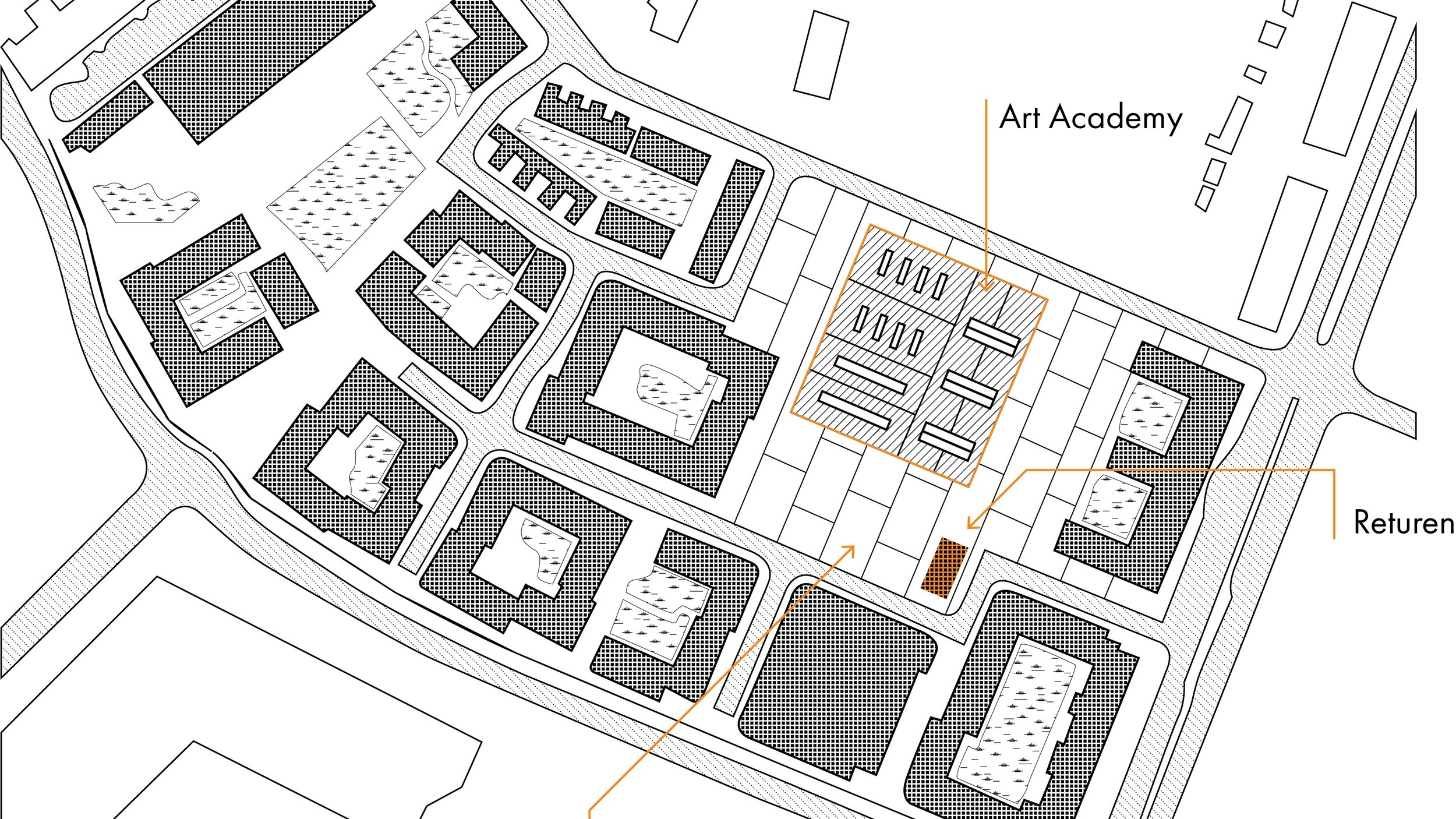
Figure 1. Map showing Spårvägen layout.
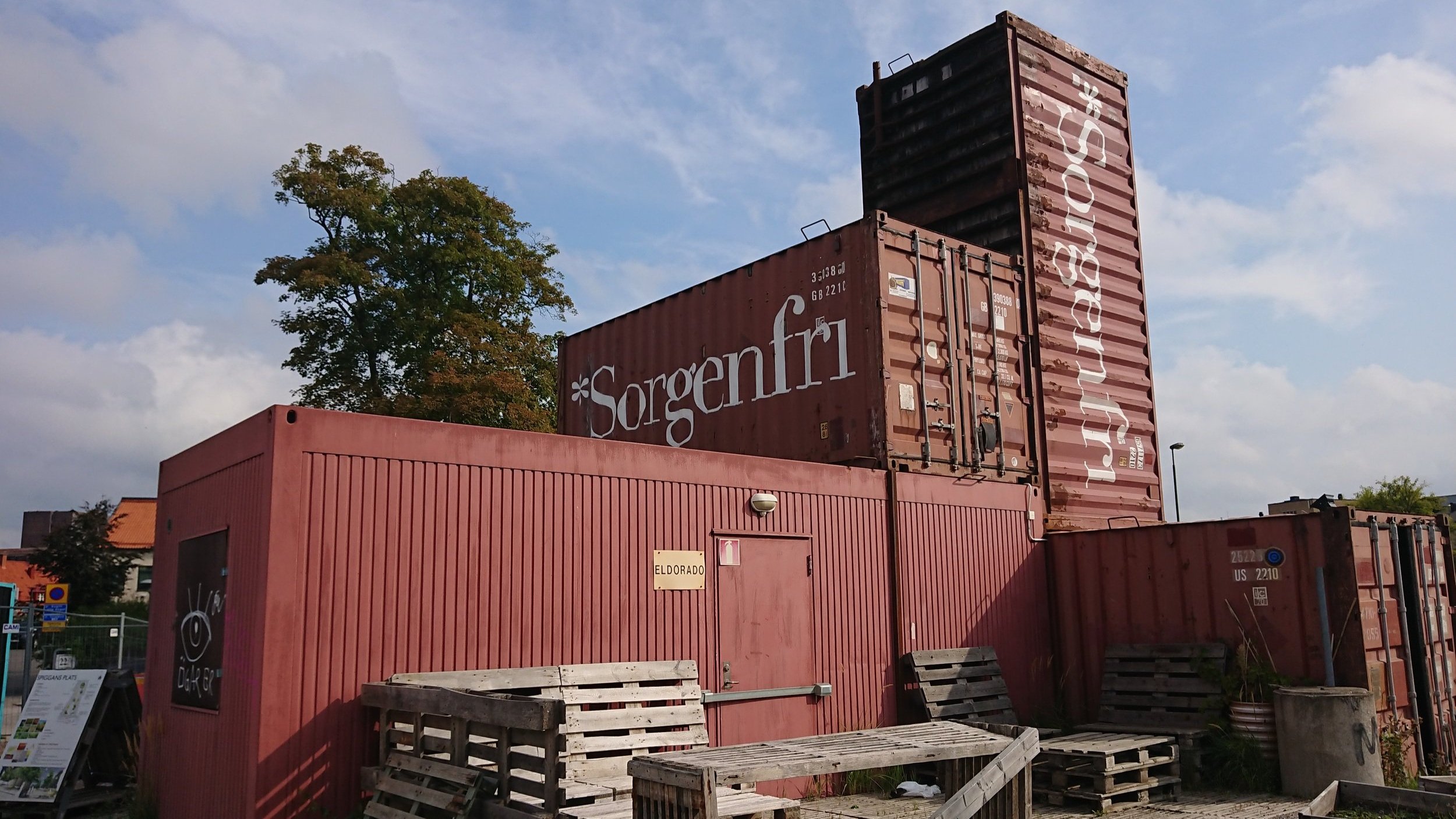
Figure 2. The temporary Infopoint building.
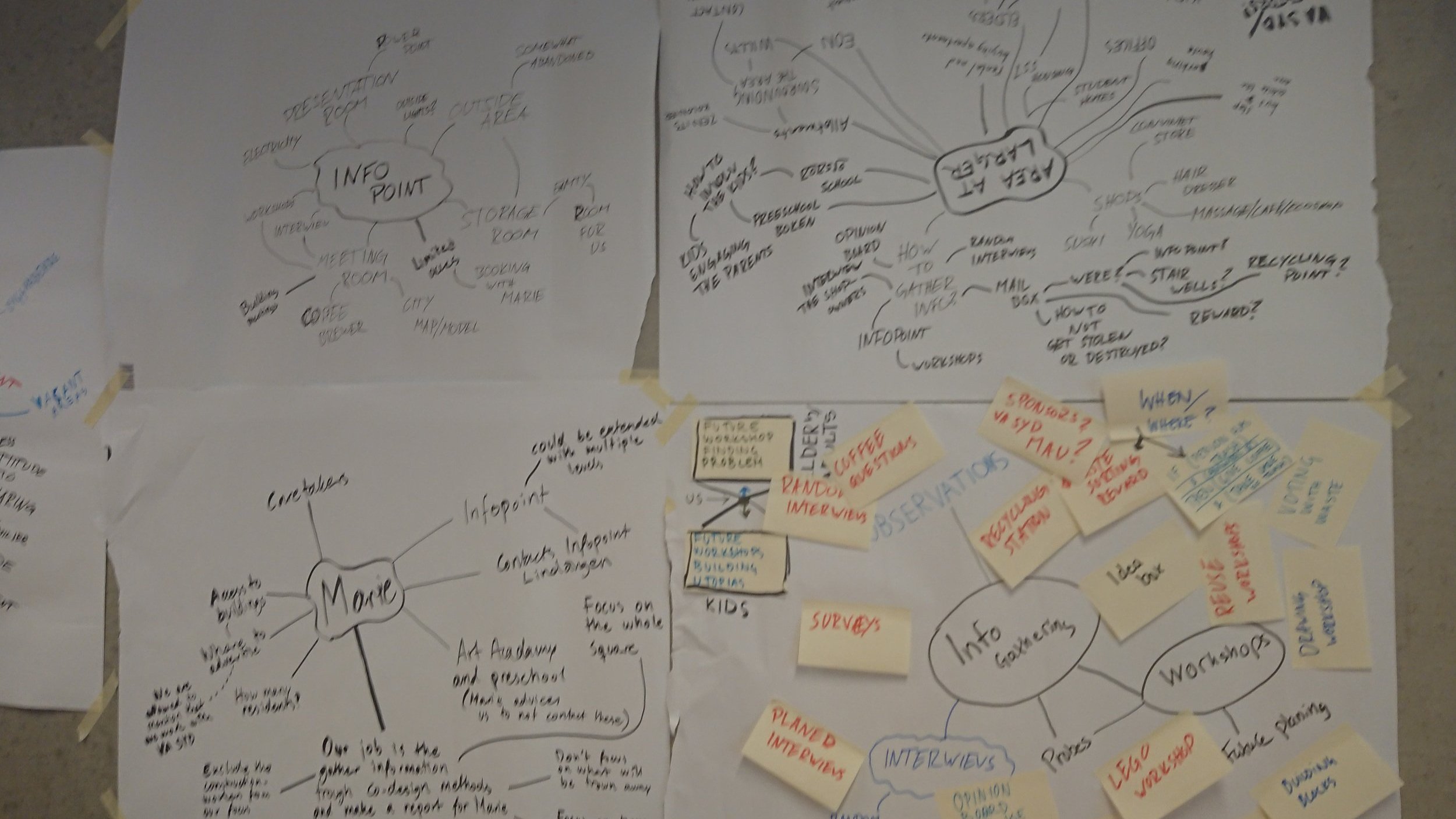
Figure 3. Initial planning mind map.

Figure 4. View of Spårvägen during construction.
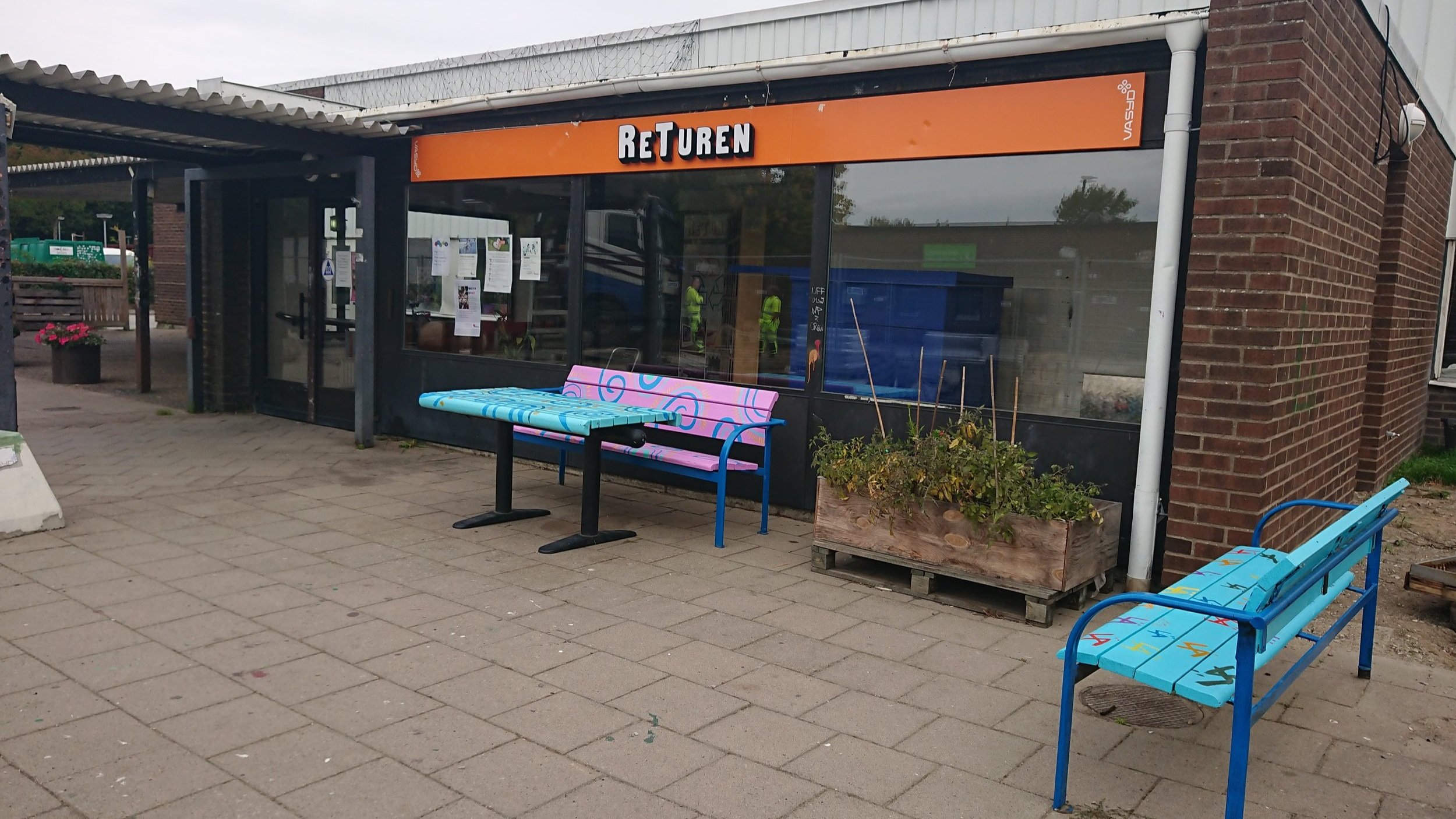
Figure 6. Entrance of ReTuren Lindängen.
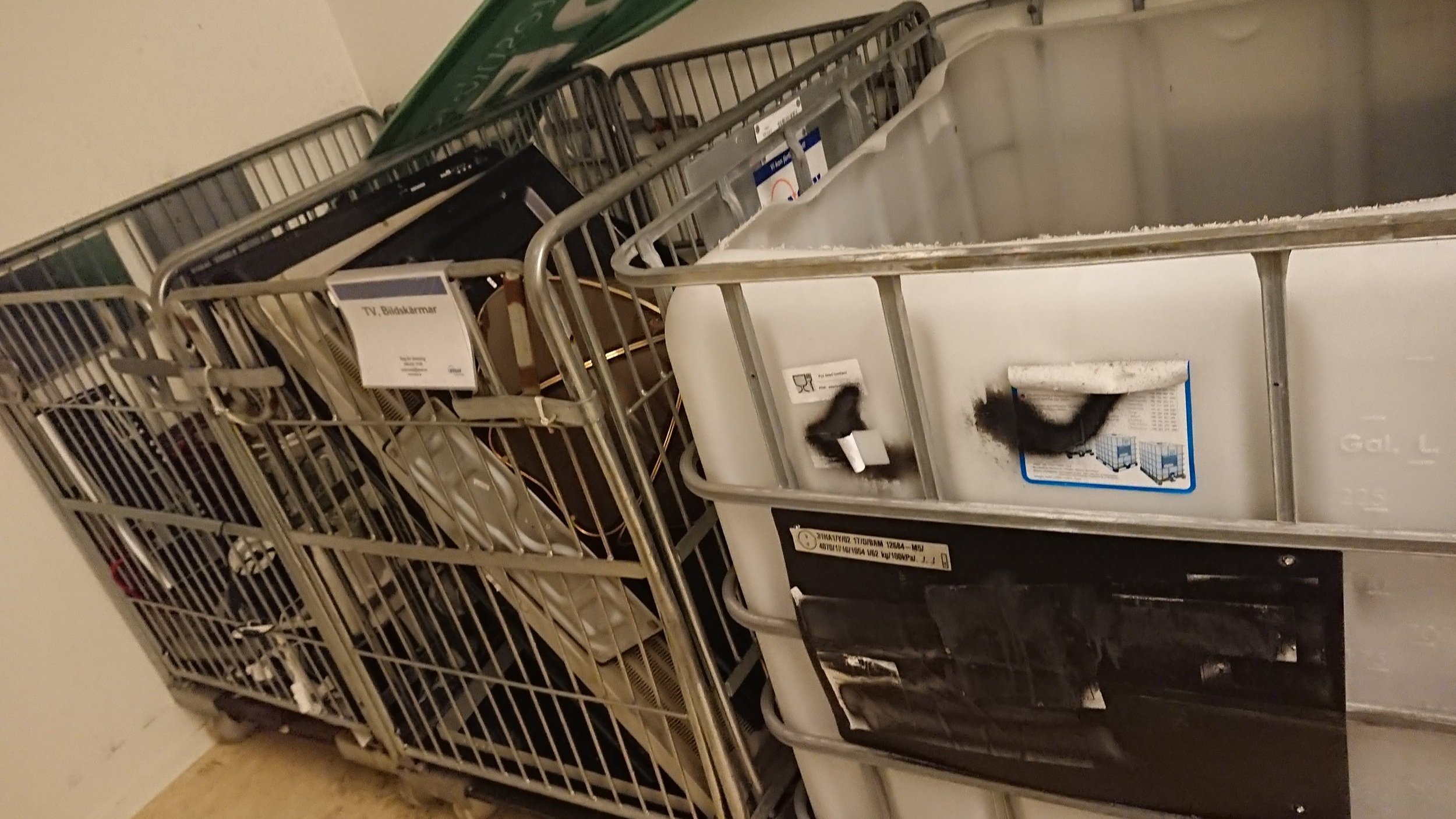
Figure 7. Electronics station at ReTuren Lindängen.
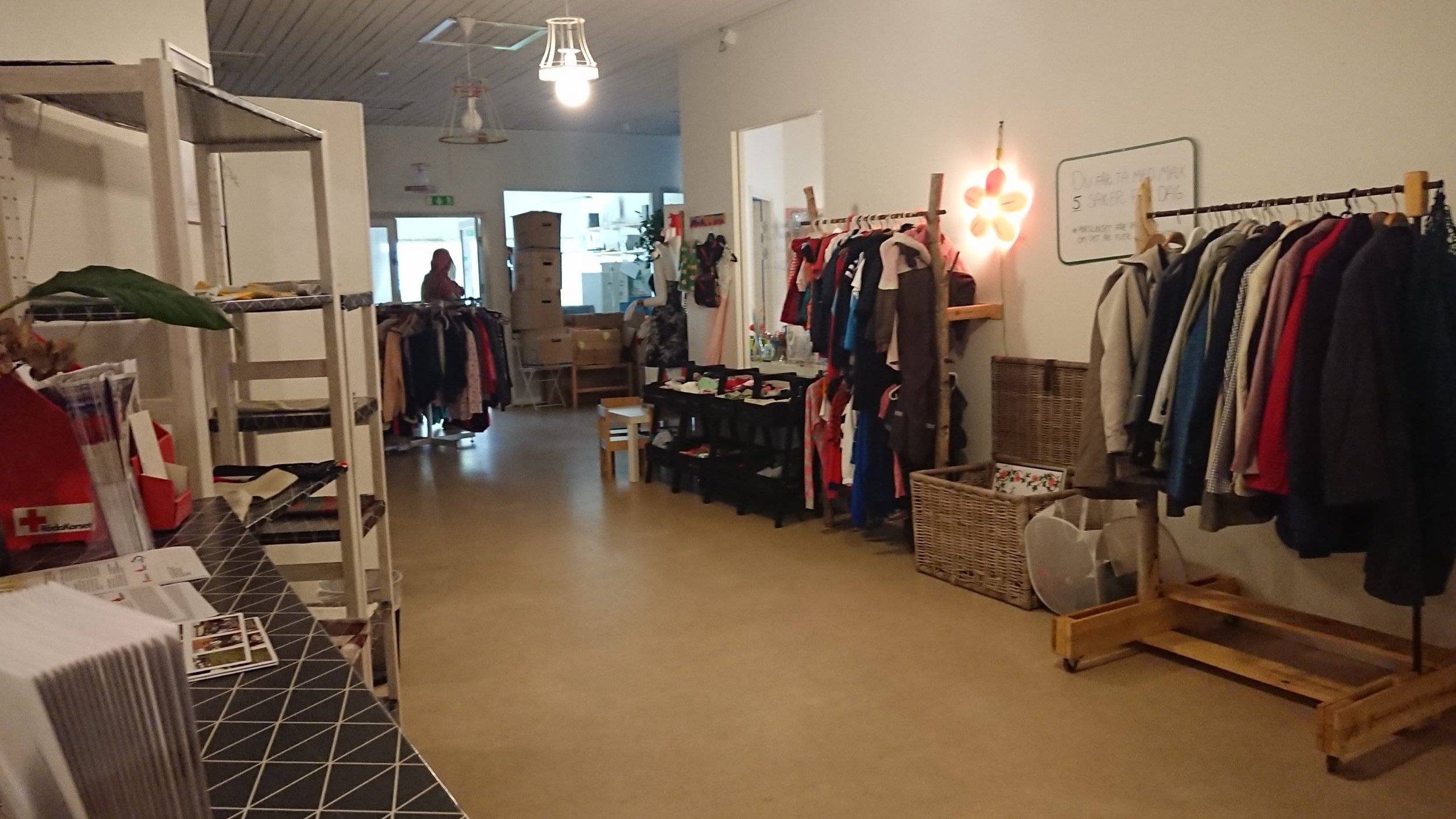
Figure 8. Clothes donation at ReTuren Lindängen.
2. Gathering Resident Input
- Method: Coffee Interviews (Attempted)
- Why: To gather quick, informal qualitative data.
How: Set up near Infopoint with coffee/cookies (figure 5).
Outcome: Limited success due to low foot traffic from construction. - Method: Opinion Boards
- Why: Chosen for asynchronous, democratic data collection allowing convenient, anonymous input.
How: Placed A3 boards with 2 questions in apartment entrances (figure 9). Collected after 1 week, showing high engagement (figure 10). Analyzed via dot-voting (figure 11).
Key Themes: Improved containers, more stations, farming access.
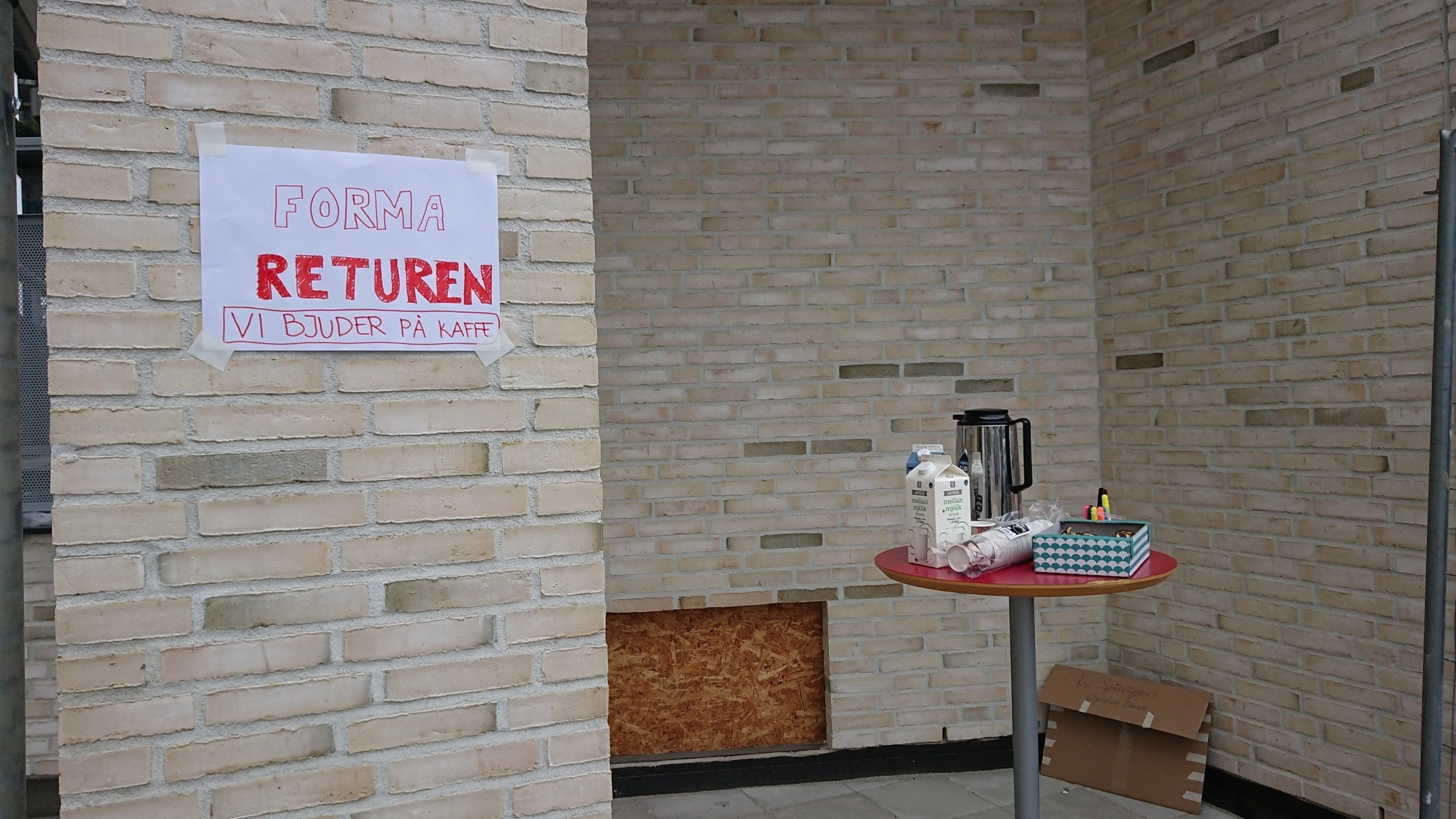
Figure 5. Attempted coffee interview setup.
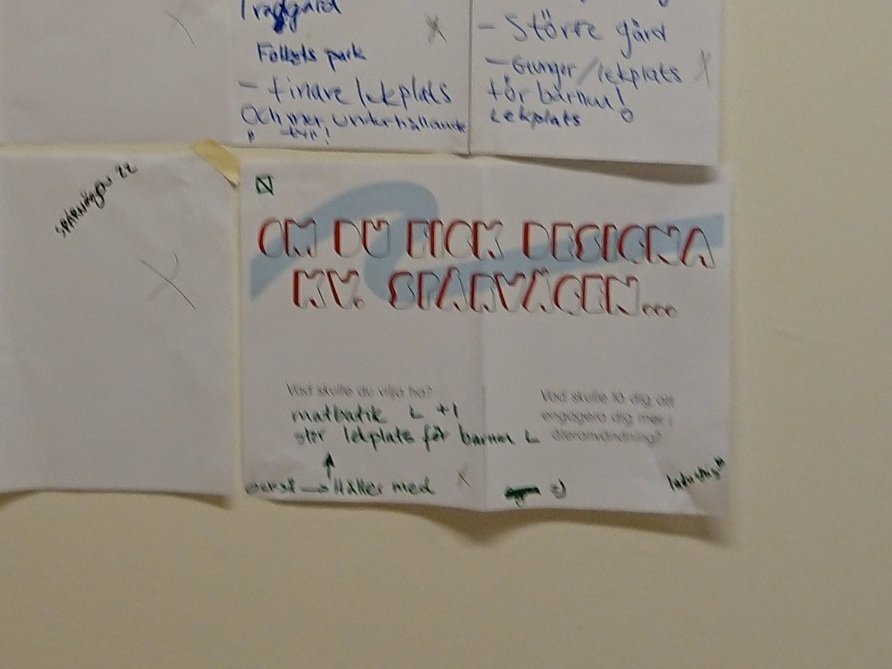
Figure 9. An opinion board with questions.
Figure 10. High resident engagement on boards.
Figure 11. Analyzing responses using dot-voting.
3. Co-Design Workshop
- Why
- Selected as the core method for in-depth, collaborative idea generation with residents and VA SYD.
- How
- Invited residents to Infopoint for a workshop structured using the 'Future Workshop' methodology.
Activity 1 (Critique Phase): Identified current problems via post-its and discussion (figure 12). Key issues: textile disposal, lack of stations, operational concerns.
Activity 2 (Fantasy Phase): Brainstormed desired functions using craft materials and physical map prototypes (figures 13 & 14). High creativity observed. - Top 8 Workshop Ideas
-
- Notice board (digital & physical).
- Workshops/events (recycling, repairs).
- Repair workshop space.
- Community meeting place.
- Library of things.
- Flea market space.
- Urban farming opportunities.
- Arts and crafts activities.

Figure 12. Workshop setup: Critique Phase.
Figure 13. Workshop setup: Fantasy Phase.
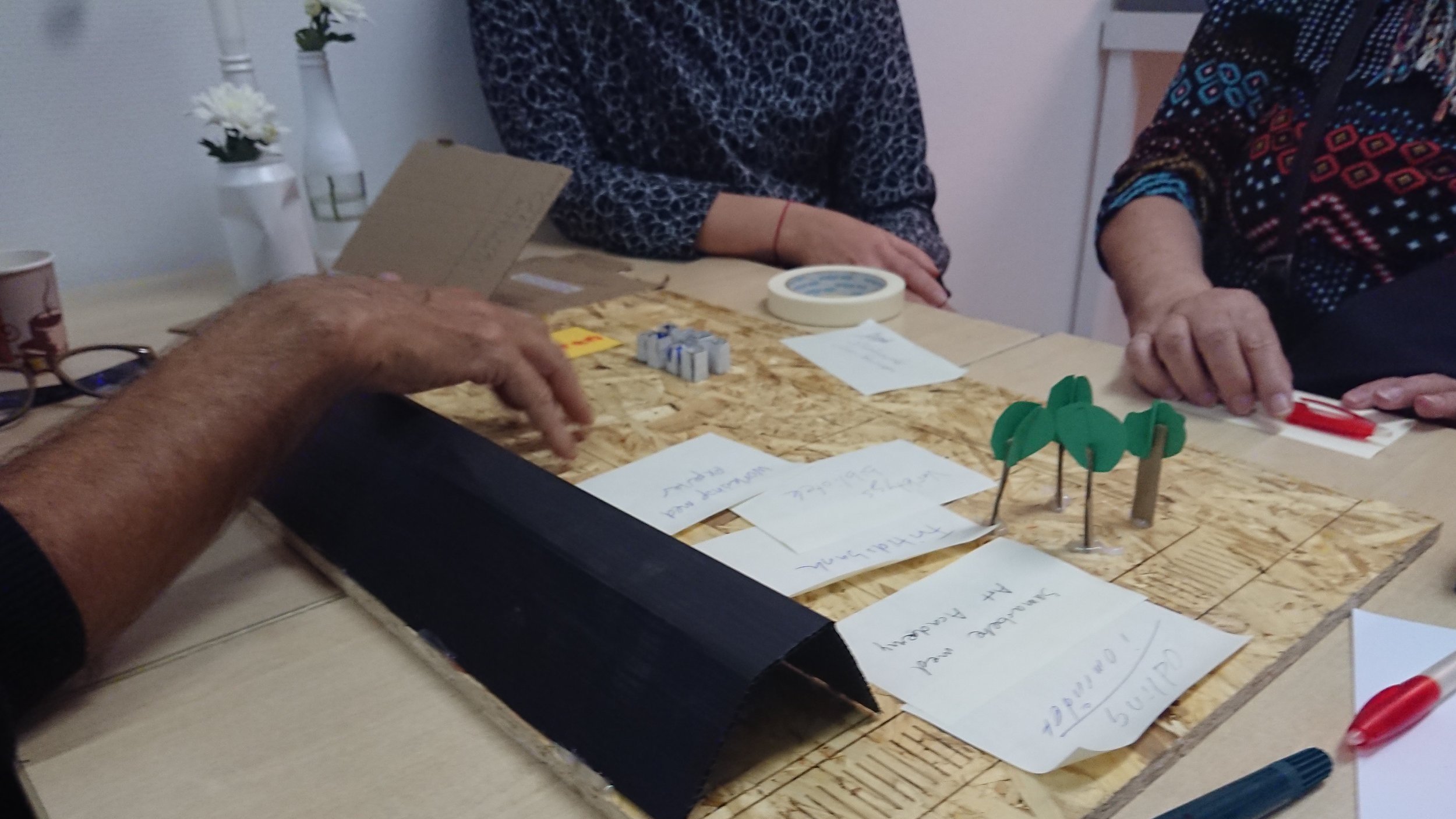
Figure 14. Participants engaging with map prototypes.
4. Follow-up & Validation
- Method: Second Iteration of Opinion Boards
- Why: To share workshop ideas with the broader community and gauge reactions.
How: Created new boards summarizing workshop ideas and placed them in buildings seeking feedback.
Outcome: Responses showed overwhelmingly positive reception (figure 15).
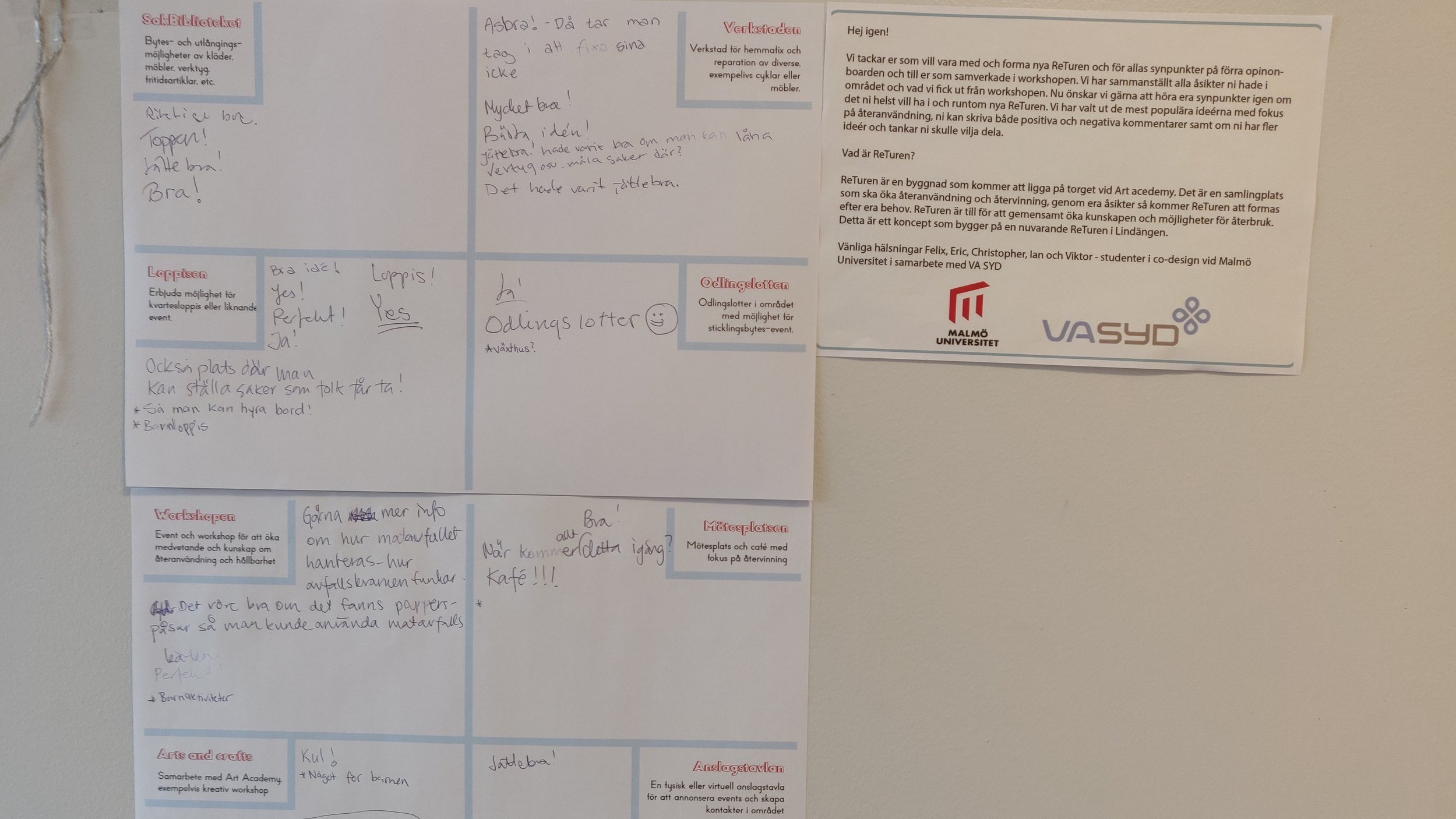
Figure 15. Second opinion boards validating workshop ideas.
Key Insights
The co-design process yielded several key insights for VA SYD and the planning of ReTuren:
- Strong Community Interest & Desire for Agency: Residents showed significant interest in shaping their local environment.
- Demand Beyond Basic Recycling: Clear desire for repair, reuse, community building, and education functions.
- Need for Better Basic Infrastructure: Current frustrations include insufficient bins/stations and lack of specific disposal options (e.g., textiles).
- Importance of Accessibility & Operations: Clear ideas about staffing and resident access for effectiveness.
- Value of Tangible Co-creation: Physical prototypes (maps) proved highly effective for engagement.
- Farming/Green Space Interest: A recurring theme was the desire for urban farming or green community spaces.
Deliverables
The primary deliverable for VA SYD was a comprehensive report summarizing the co-design process, key findings from all research methods, and the prioritized list of resident-generated ideas and concerns for ReTuren. This included categorized data from opinion boards, detailed workshop outcomes, and visual documentation to provide actionable input for VA SYD's planning.
Learning Takeaways
This co-design project provided significant learnings in participatory methods and community engagement:
- Applying Participatory Design: Gained practical knowledge of co-design principles (like Future Workshops). Future community projects: Prioritize participatory methods early on.
- Democratizing Creativity: Discovered valuable ideas emerge from diverse participants. Future facilitation: Create inclusive environments for idea generation.
- Client & Community Collaboration: Learned to navigate client objectives (VA SYD) while championing community perspectives.
- Impact of Tangible Tools: Witnessed effectiveness of physical prototypes (maps) for engagement. Future workshops: Seek opportunities for tangible artifacts.
- Methodological Adaptability: Recognized need to adapt research plans based on context (e.g., shifting from interviews to opinion boards) and value of asynchronous methods.
Overall, the project powerfully demonstrated co-design's effectiveness in gathering community insights and generating user-grounded ideas for local development like ReTuren.
